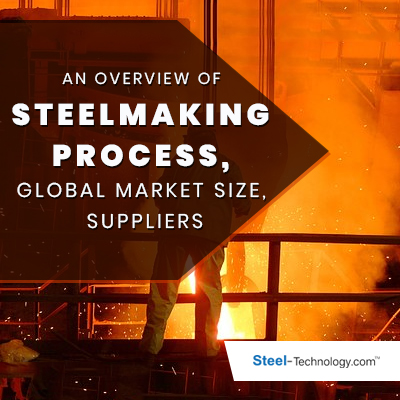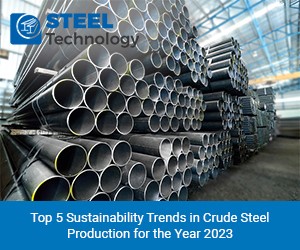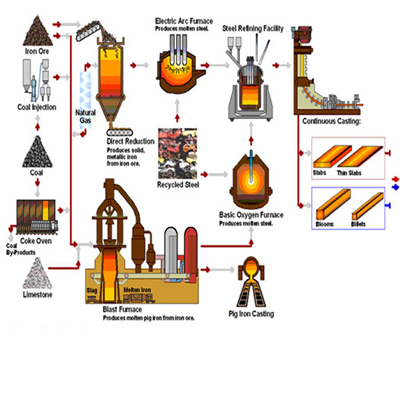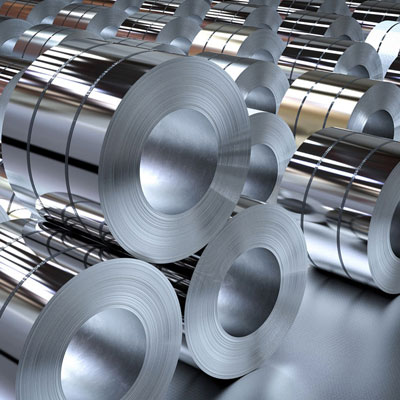Connecting Efficiency: Rubber Hoses in the Steel Industry

Introduction:
Rubber hoses play a crucial role in the steel industry, facilitating efficient and safe operations. These flexible components are vital for various processes, including fluid transfer, pneumatic systems, and hydraulic applications. This article explores the importance of rubber hoses in the steel industry, focusing on their functions, benefits, types, and maintenance. The discussion also highlights advancements in hose technology and their impact on operational efficiency. By understanding the critical role of rubber hoses, industry professionals can enhance performance and safety in steel manufacturing.
The Role of Rubber Hoses in the Steel Industry
In the steel industry, rubber hoses are essential for multiple applications. They are used to transport liquids, gases, and slurries, which are critical for cooling, lubrication, and cleaning processes. Additionally, rubber hoses are integral to hydraulic and pneumatic systems that drive machinery and control processes. Their flexibility and durability make them ideal for handling the harsh conditions of steel production, including high temperatures, abrasive materials, and corrosive substances.
Benefits of Using Rubber Hoses
Rubber hoses offer several benefits in the steel industry. Their flexibility allows for easy installation and adaptability to various configurations, which is crucial in complex industrial environments. Rubber hoses also provide excellent resistance to abrasion, corrosion, and extreme temperatures, ensuring longevity and reliability. Furthermore, their ability to absorb vibrations and dampen noise contributes to a safer and more comfortable working environment. These advantages make rubber hoses a cost-effective solution for maintaining efficiency and safety in steel manufacturing.
Types of Rubber Hoses Used in the Steel Industry
There are several types of rubber hoses used in the steel industry, each designed for specific applications.
- Hydraulic Hoses: These hoses are used in hydraulic systems to transmit pressure and power. They are designed to withstand high pressure and provide reliable performance in demanding conditions.
- Pneumatic Hoses: Pneumatic hoses are used to convey compressed air to various tools and equipment. They are lightweight and flexible, making them ideal for applications requiring mobility and ease of handling.
- Industrial Hoses: These hoses are used for general fluid transfer, including water, chemicals, and abrasive materials. They are built to resist wear and tear from harsh environments.
- Steam Hoses: These specialized hoses are used to convey steam, which is often required in steel production processes. They are designed to withstand high temperatures and pressures, ensuring safe and efficient steam transfer.
- Coolant Hoses: These hoses transport cooling fluids to various machinery and equipment, preventing overheating and ensuring optimal performance. They are resistant to both heat and chemicals, providing durability and reliability.
- Vacuum Hoses: Used for suction applications, vacuum hoses are essential for removing dust, debris, and other materials from the production area. They help maintain a clean and safe working environment.
Material Composition and Construction
Rubber hoses in the steel industry are made from various materials to meet specific requirements. Common materials include natural rubber, synthetic rubber (such as EPDM, NBR, and SBR), and blends. The construction of these hoses typically involves multiple layers, including an inner tube, reinforcement layers, and an outer cover.
- Inner Tube: The inner tube is designed to be compatible with the fluid or gas being conveyed. It is made from materials that provide chemical resistance and prevent contamination.
- Reinforcement Layers: These layers, often made from braided or spiraled textile or metal, provide strength and flexibility. They enable the hose to withstand high pressure and mechanical stress.
- Outer Cover: The outer cover protects the hose from external factors such as abrasion, weather, and chemicals. It enhances the hose's durability and extends its lifespan.
Advancements in Rubber Hose Technology
Recent advancements in rubber hose technology have significantly improved their performance and efficiency. Innovations include the development of high-performance materials, enhanced construction techniques, and improved design features.
- High-Performance Materials: Advances in material science have led to the creation of rubber compounds with superior resistance to heat, chemicals, and abrasion. These materials enhance the hose's durability and performance in extreme conditions.
- Enhanced Construction Techniques: Modern manufacturing processes allow for the precise construction of hoses, ensuring consistent quality and performance. Techniques such as co-extrusion and spiral wrapping improve the hose's strength and flexibility.
- Improved Design Features: Innovations in hose design, such as anti-static properties and flame-resistant coatings, address specific industry needs. These features enhance safety and reliability in steel manufacturing environments.
Maintenance and Safety Considerations
Proper maintenance of rubber hoses is essential for ensuring their longevity and safe operation. Regular inspections and preventive maintenance can identify potential issues before they lead to failures. Key maintenance practices include:
- Visual Inspections: Regularly check hoses for signs of wear, damage, or degradation. Look for cracks, abrasions, and leaks that could compromise performance.
- Pressure Testing: Periodically test hoses under working conditions to ensure they can withstand operating pressures. This helps detect weaknesses that could lead to failures.
- Cleaning and Flushing: Keep hoses clean and free from contaminants that could cause blockages or damage. Flushing hoses with appropriate cleaning agents can prevent buildup and extend their lifespan.
- Proper Storage: Store hoses in a cool, dry place away from direct sunlight and harsh chemicals. Proper storage prevents premature aging and degradation.
Environmental and Safety Standards
Rubber hoses used in the steel industry must comply with various environmental and safety standards to ensure safe and sustainable operations. Standards such as ISO, SAE, and ASTM specify requirements for hose performance, materials, and testing procedures. Compliance with these standards ensures that hoses meet the necessary safety and quality benchmarks.
- ISO Standards: International standards that cover various aspects of hose design, testing, and performance. ISO standards ensure global consistency and quality.
- SAE Standards: Developed by the Society of Automotive Engineers, these standards provide guidelines for hydraulic and pneumatic hose performance. They ensure hoses can handle specific pressures and temperatures.
- ASTM Standards: The American Society for Testing and Materials provides standards for hose materials, construction, and testing. ASTM standards ensure hoses are safe and reliable for industrial use.
Future Trends in Rubber Hose Technology
The future of rubber hose technology in the steel industry looks promising, with ongoing research and development focused on enhancing performance and sustainability. Key trends include:
- Smart Hoses: Integration of sensors and monitoring systems into rubber hoses to provide real-time data on pressure, temperature, and wear. Smart hoses can predict failures and optimize maintenance schedules, improving efficiency and safety.
- Eco-Friendly Materials: Development of biodegradable and recyclable rubber compounds to reduce environmental impact. These materials offer the same performance as traditional rubber while promoting sustainability.
- Nanotechnology: Use of nanomaterials to enhance hose properties such as strength, flexibility, and chemical resistance. Nanotechnology can create hoses that are lighter, more durable, and capable of withstanding extreme conditions.
- Customization and Modular Design: Increasing demand for customized hoses tailored to specific applications. Modular hose designs allow for easy replacement of damaged sections, reducing waste and downtime.
Conclusion:
Rubber hoses are indispensable components in the steel industry, providing essential functions in fluid transfer, hydraulic systems, and pneumatic applications. Their flexibility, durability, and resistance to harsh conditions make them ideal for demanding industrial environments. Advances in hose technology continue to improve their performance and efficiency, contributing to safer and more cost-effective operations. By understanding the critical role of rubber hoses and implementing proper maintenance practices, steel industry professionals can enhance productivity and ensure the longevity of their equipment.
Embracing future trends such as smart hoses, eco-friendly materials, and nanotechnology will further drive innovation and sustainability in the steel industry. As the industry evolves, rubber hoses will continue to be a vital link in connecting efficiency and maintaining seamless operations.











